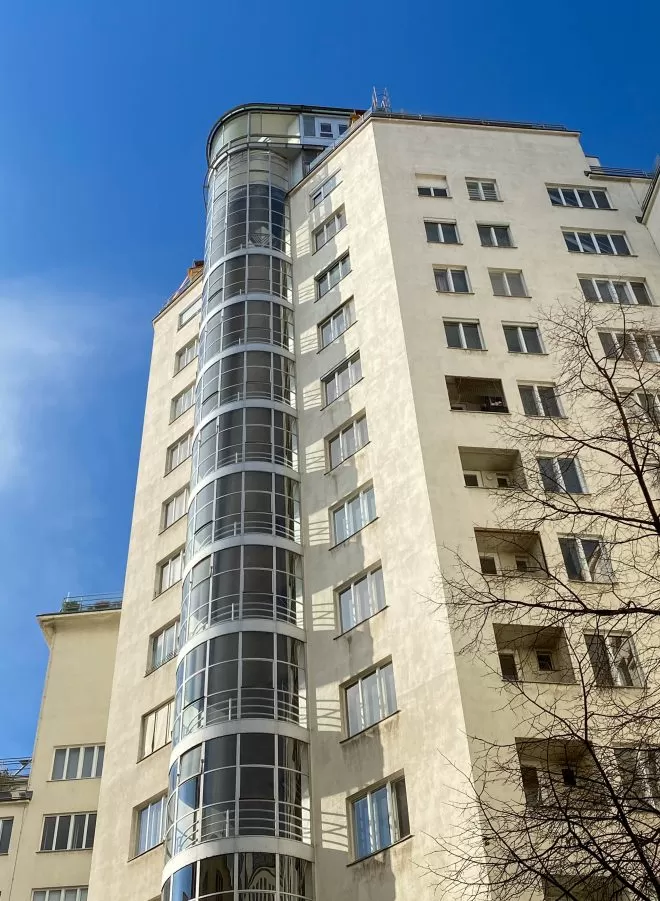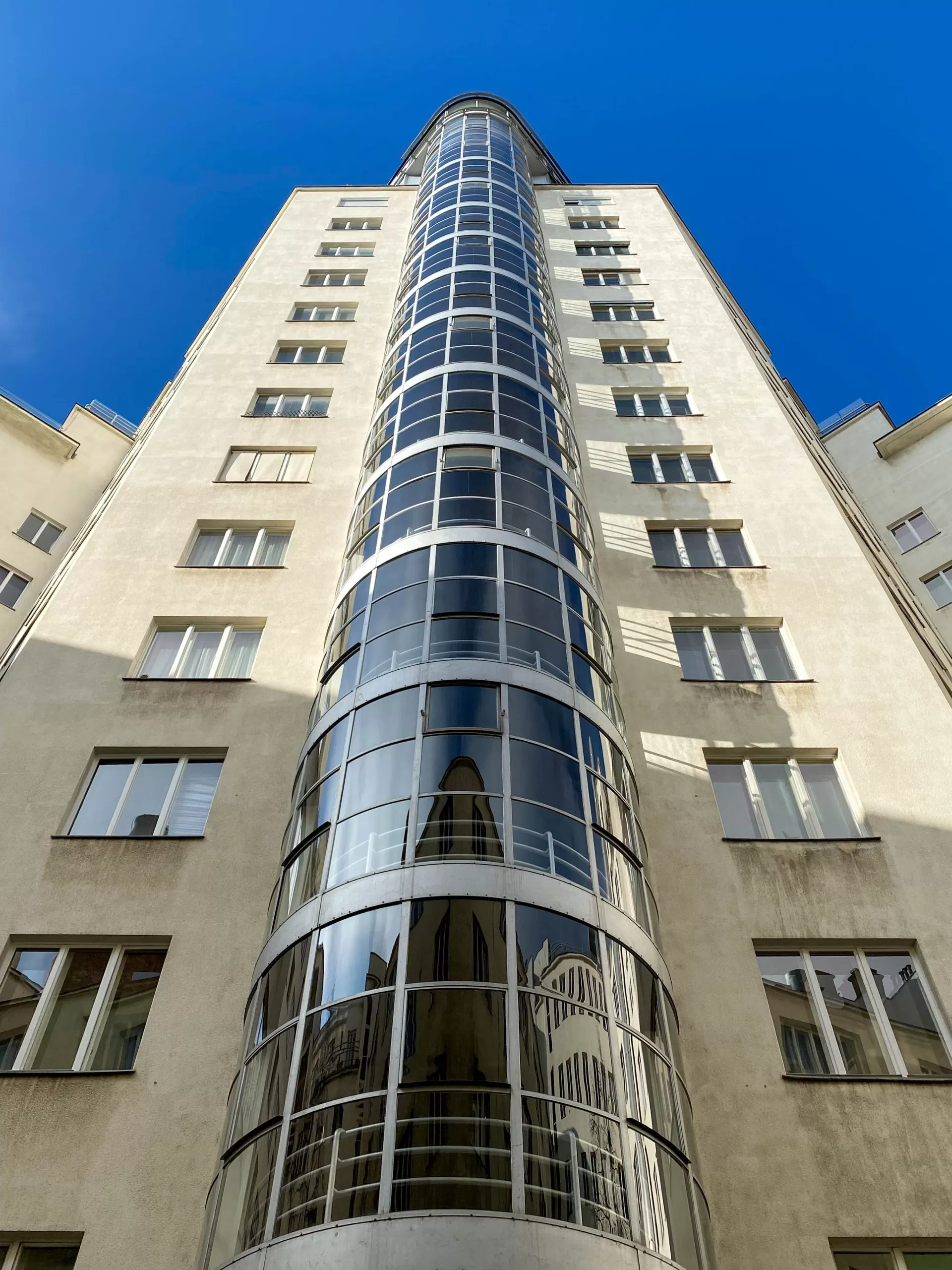
Hochhaus Herrengasse, 1931-1932. Architects: Siegfried Theiss, Hans Jaksch. Photo: Daniela Christmann
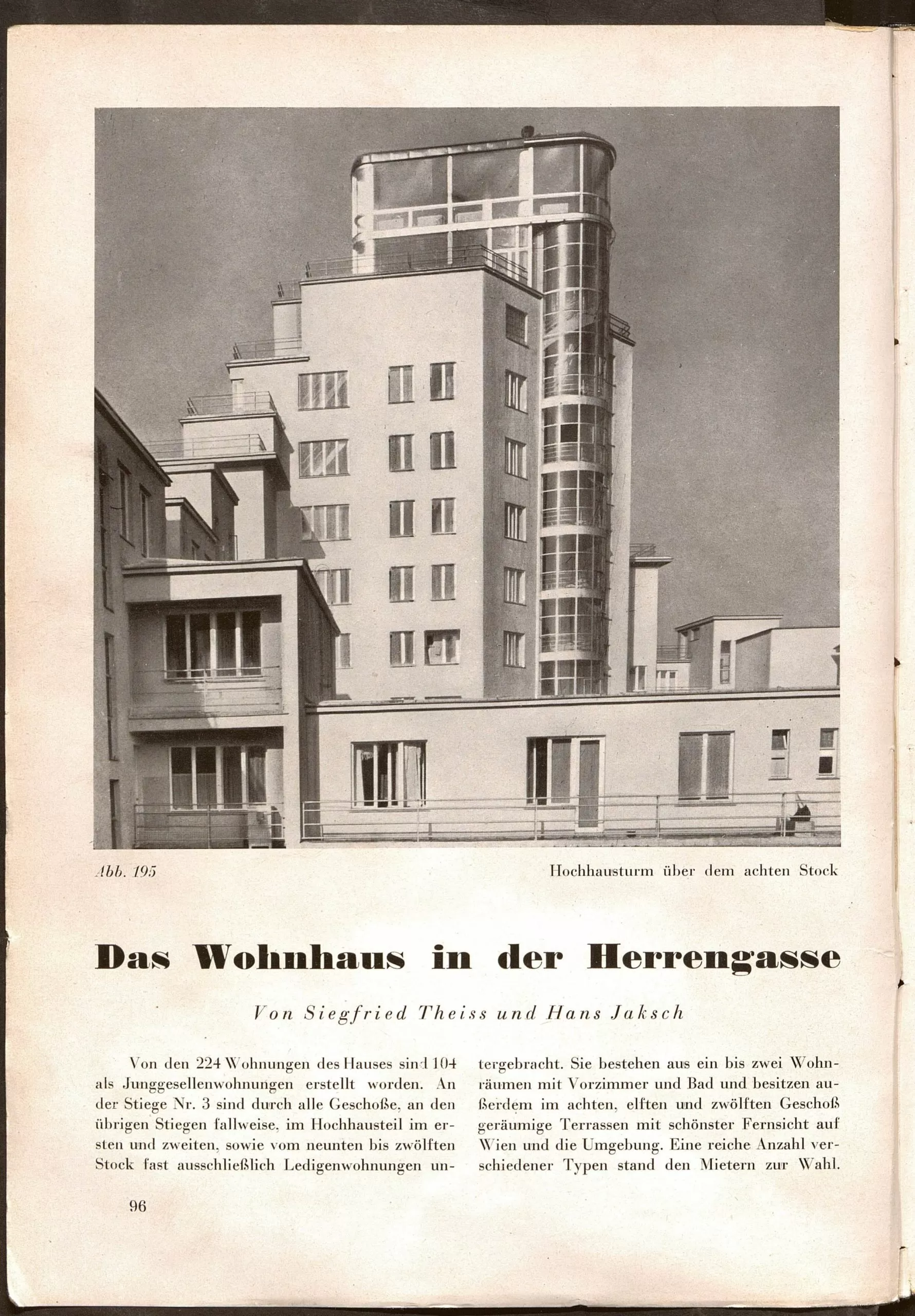
Das Wohnhaus in der Herrengasse. Von Siegfried Theis und Hans Jaksch. In: Profil. Österreichische Monatsschrift für bildende Kunst, 1933, S. 97. ANNO/Österreichische Nationalbibliothek
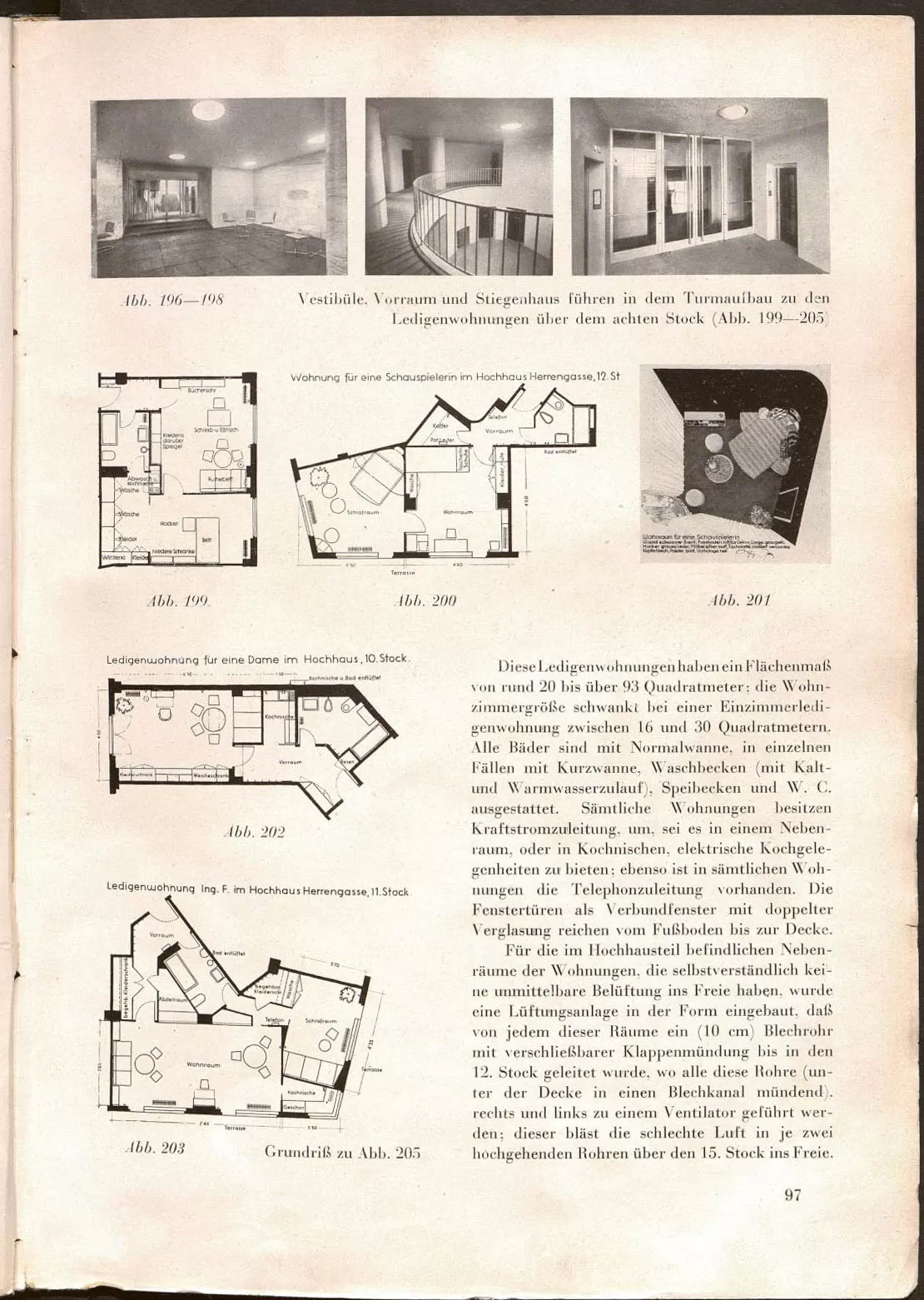
Das Wohnhaus in der Herrengasse. Von Siegfried Theis und Hans Jaksch. In: Profil. Österreichische Monatsschrift für bildende Kunst, 1933, S. 97. ANNO/Österreichische Nationalbibliothek
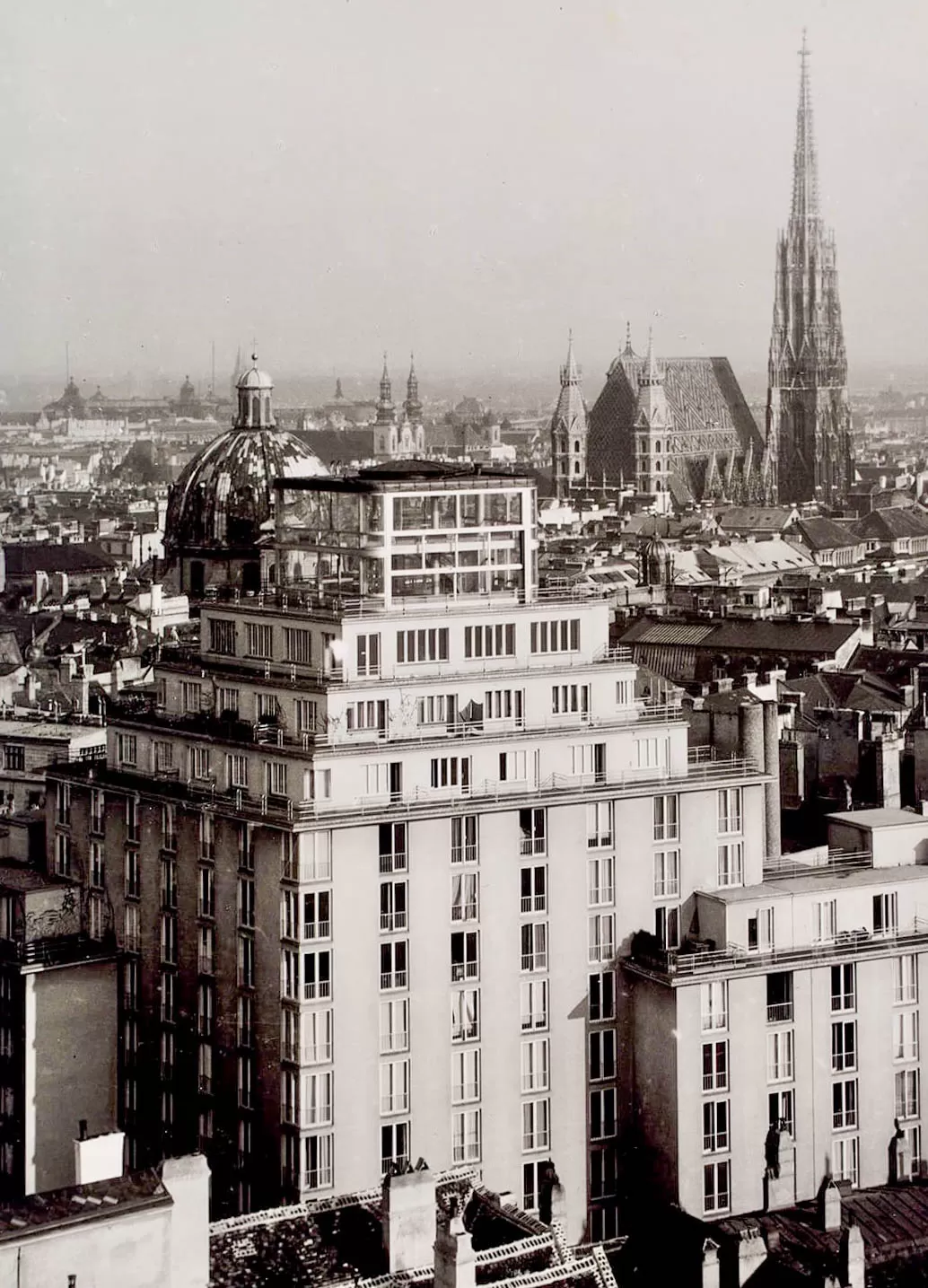
Hochhaus Herrengasse, 1931-1932. Architects: Siegfried Theiss, Hans Jaksch
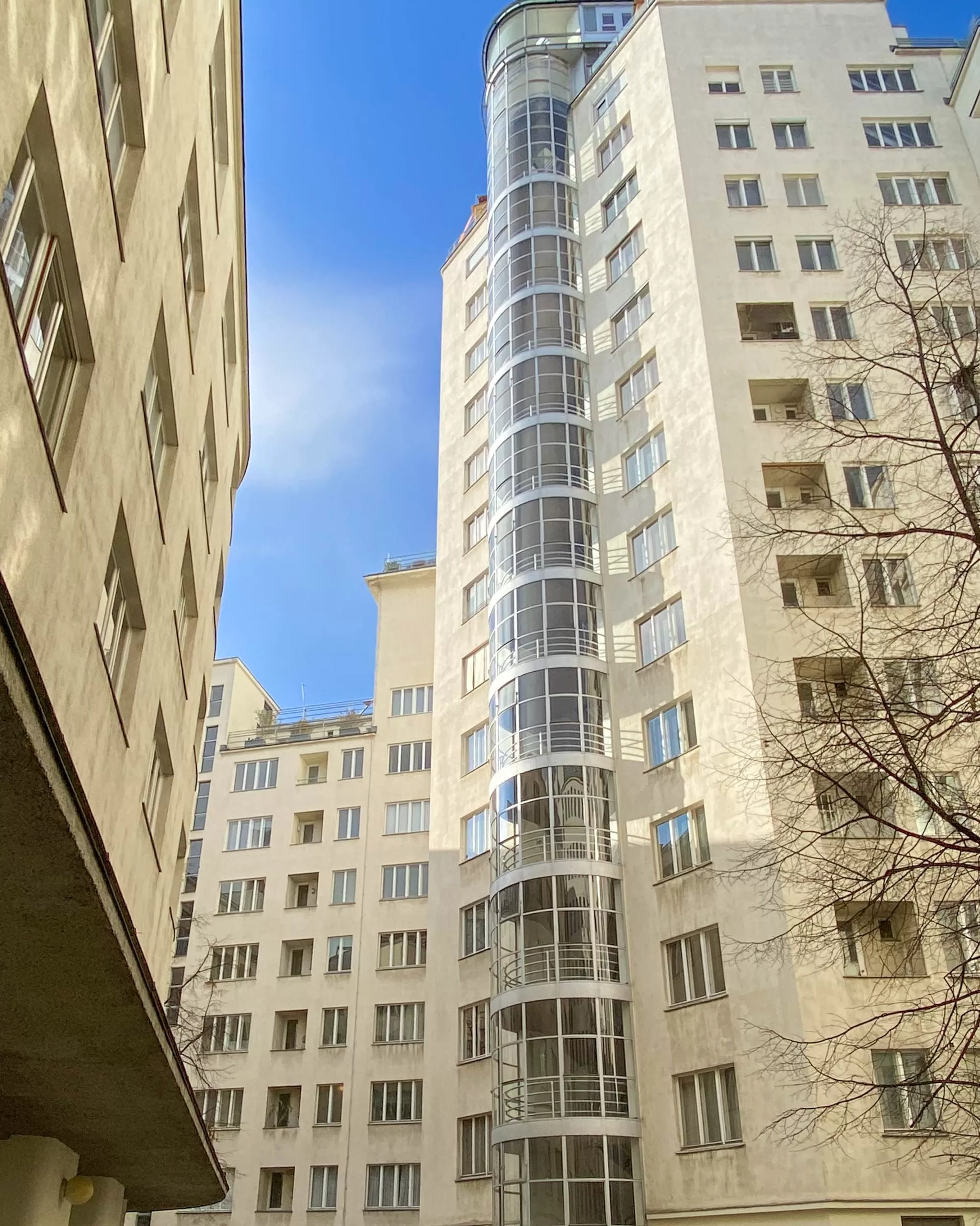
Hochhaus Herrengasse, 1931-1932. Architects: Siegfried Theiss, Hans Jaksch. Photo: Daniela Christmann
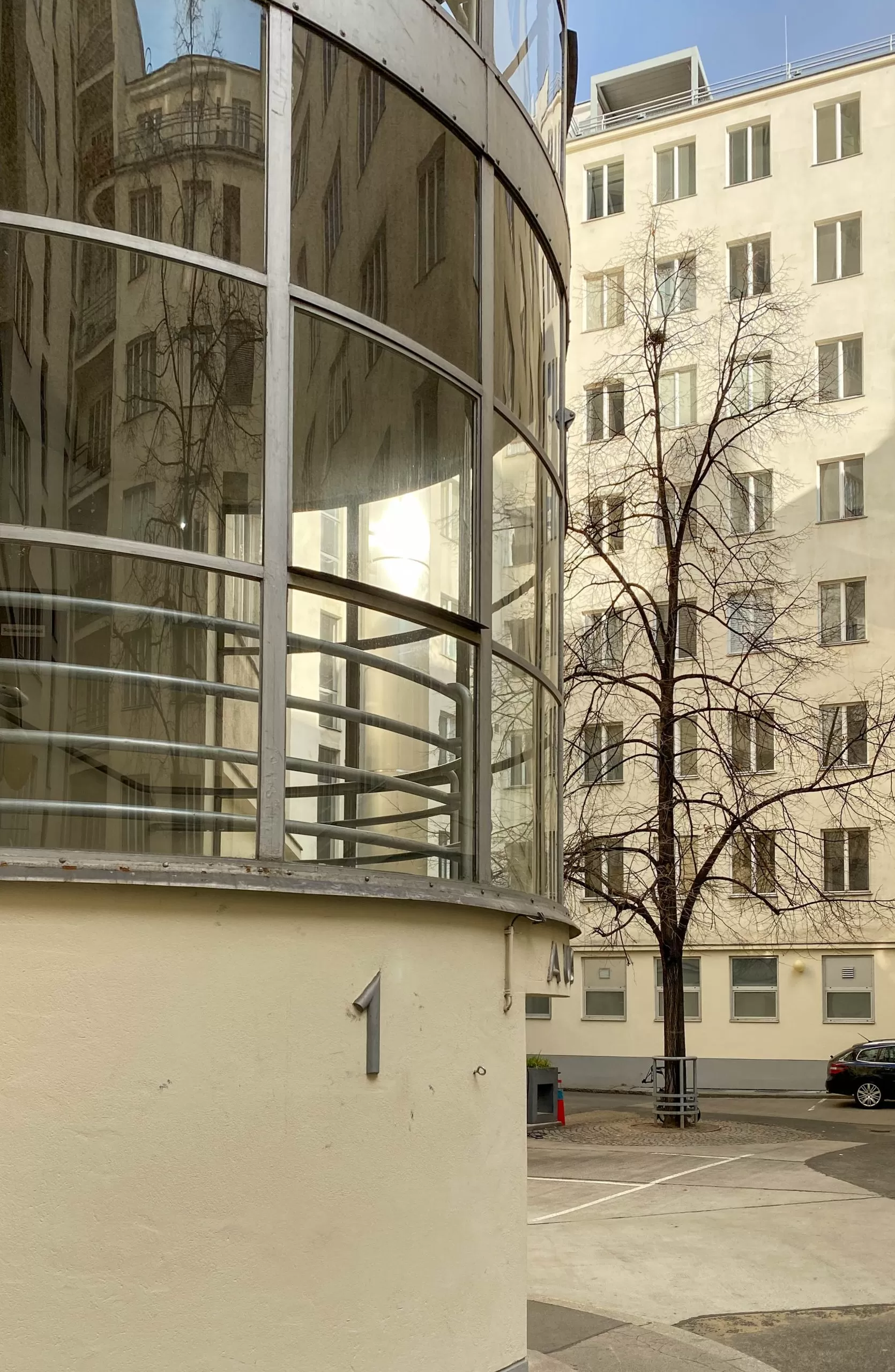
Hochhaus Herrengasse, 1931-1932. Architects: Siegfried Theiss, Hans Jaksch. Photo: Daniela Christmann
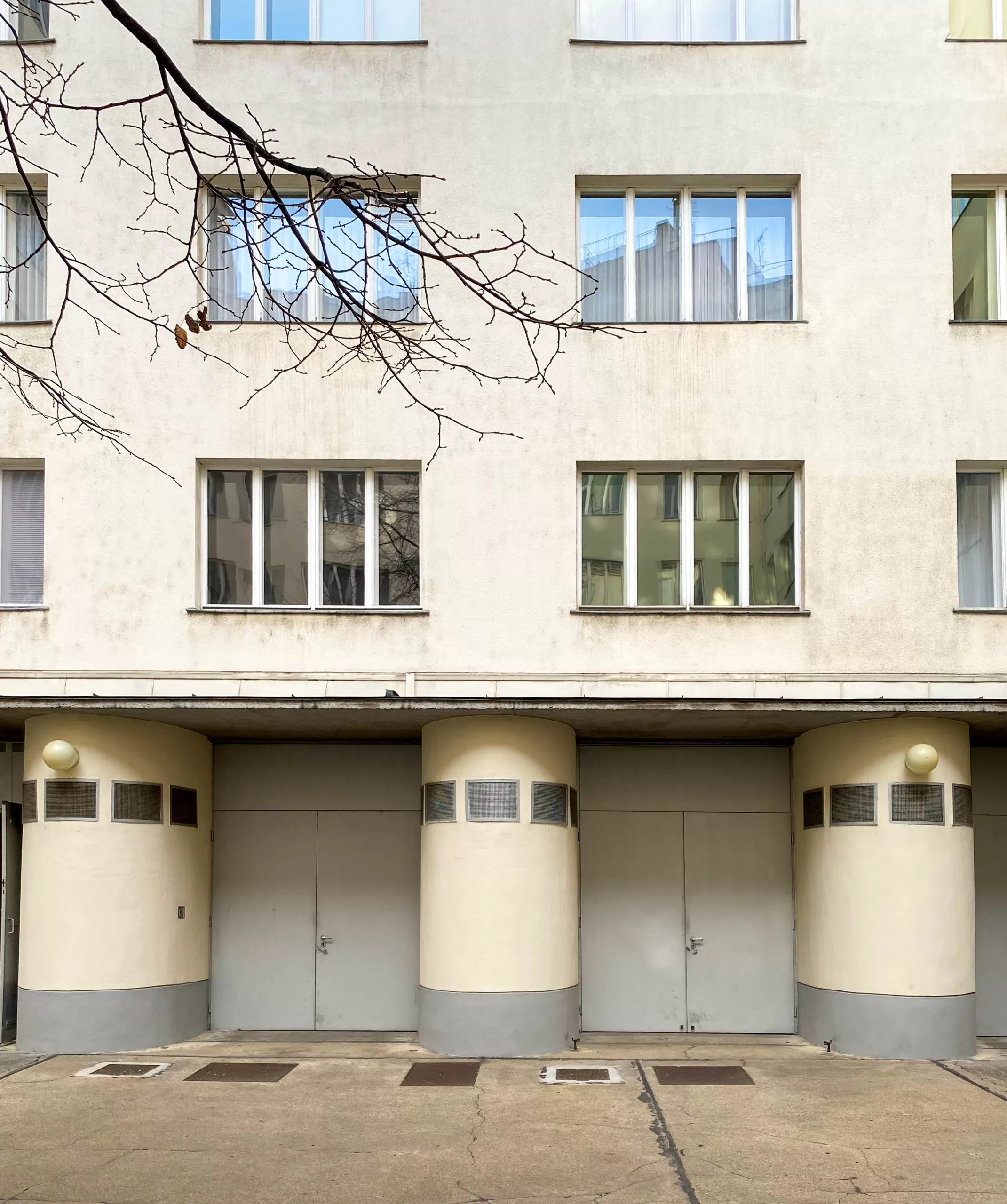
Hochhaus Herrengasse, 1931-1932. Architects: Siegfried Theiss, Hans Jaksch. Photo: Daniela Christmann
1931 – 1932
Architects: Siegfried Theiss, Hans Jaksch
Herrengasse 6-8, Fahnengasse 2, Wallnerstraße 5-7, Vienna, Austria
Background
Between 1931 and 1932, the high-rise building in Herrengasse was constructed according to plans by the architects Siegfried Theiss and Hans Jaksch on an inner-city vacant lot in Vienna that had remained undeveloped for two decades after the demolition of the Lichtenstein Palace.
After the demolition of the Liechtenstein family palace in 1913, a consortium consisting of the “Österreichische Aktiengesellschaft für Bauunternehmungen” and the “Österreichische Credit-Anstalt für Handel und Gewerbe” had acquired the site.
Initial plans called for the construction of a modern luxury hotel. However, the outbreak of the First World War put an end to the plans.
Project planning
Plans to build Vienna’s first high-rise building on the site initially met with mixed reactions from the city’s political parties.
In 1929, the Social Democratic-ruled city council had voted in favor of an amendment to Vienna’s building code that permitted the construction of high-rise buildings over 26 meters in height.
Plans for the site initially called for an inner-city center with reading halls, walkable roofs, offices for community institutions and a total of 250 apartments.
In 1931, the Christian Social federal government passed a tax amendment that deprived the large municipalities – above all Vienna – of their special financial position and burdened them with high fees.
Against this background and due to the financial shortage caused by the world economic crisis, the municipality of Vienna could no longer afford the construction of such a large building.
High-rise building
As early as June 1929, a Housing Promotion Act had come into force, with which housing could be promoted by state funds even for the financially better off.
On behalf of the “Credit Institute for Public Enterprises”, a high-rise residential building with 120 apartments for families and 104 apartments for single people was planned.
Architects Siegfried Theiss and Hans Jaksch, who had founded a studio partnership under the name Theiss & Jaksch in 1907, were commissioned with the planning.
The entire complex consists of buildings with seven and nine stories, which extend around two inner courtyards, as well as the sixteen-story tower building.
On the courtyard side, the residential high-rise is accessed by a semicircular glazed staircase.
The clearly structured building, which is only stepped back on the upper floors, as well as the renunciation of any building decor and the simple, color-contrasting commercial zone, correspond entirely to the principles of New Objectivity architecture.
Apartments
Some of the apartment types referred to the changing social situation and were designed for single, working women and men.
From Herrengasse, the building’s actual height of 52 meters in total is not visible.
Due to the stepping down of the tower from the twelfth floor, the house does not appear higher than the surrounding buildings according to the regulations of the building authorities.
The eaves height of the building was based on the cornice edge of the neighboring building on Herrengasse.
Loos-Haus
Since this was the Looshaus with a cornice height of 25 meters, the high-rise building was also not allowed to appear higher.
In the area of the roof slope of the Looshaus, the architects placed a two-story, glass structure with a flat roof, which recedes far back from the street line and forms a terrace zone.
During the day, this superstructure housed a restaurant that transformed into a dance café with an open ceiling in the evening.
On the first floor the differently staggered parts of the building are united by a one-and-a-half-story, fully glazed store and commercial zone.
For a long time, the high-rise building in Herrengasse remained the only one in Vienna.
It was not until more than twenty years later that the Ringturm (1955) and the high-rise on Matzleinsdorfer Platz (1958) were completed.
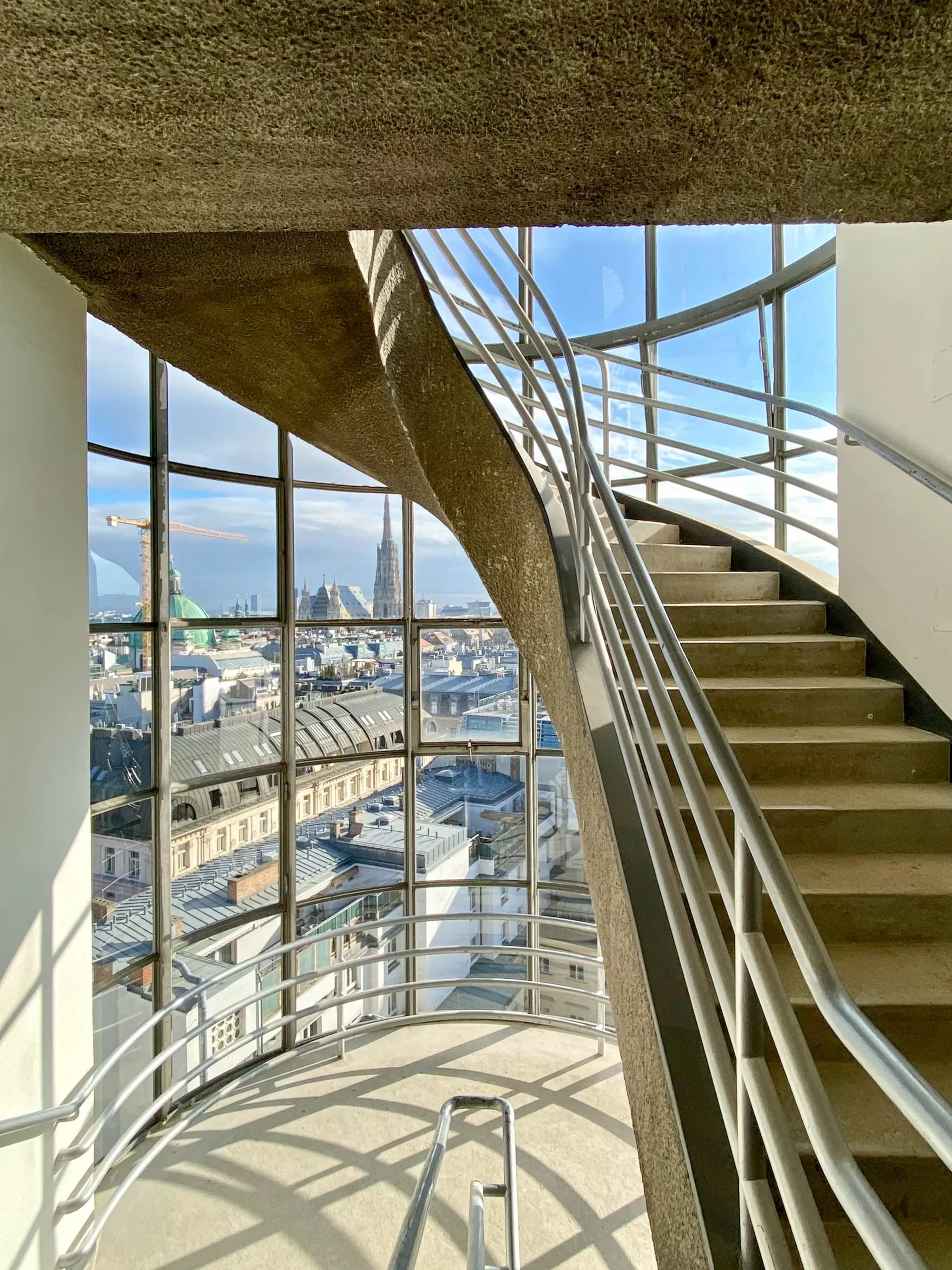
Hochhaus Herrengasse, 1931-1932. Architects: Siegfried Theiss, Hans Jaksch. Photo: Daniela Christmann
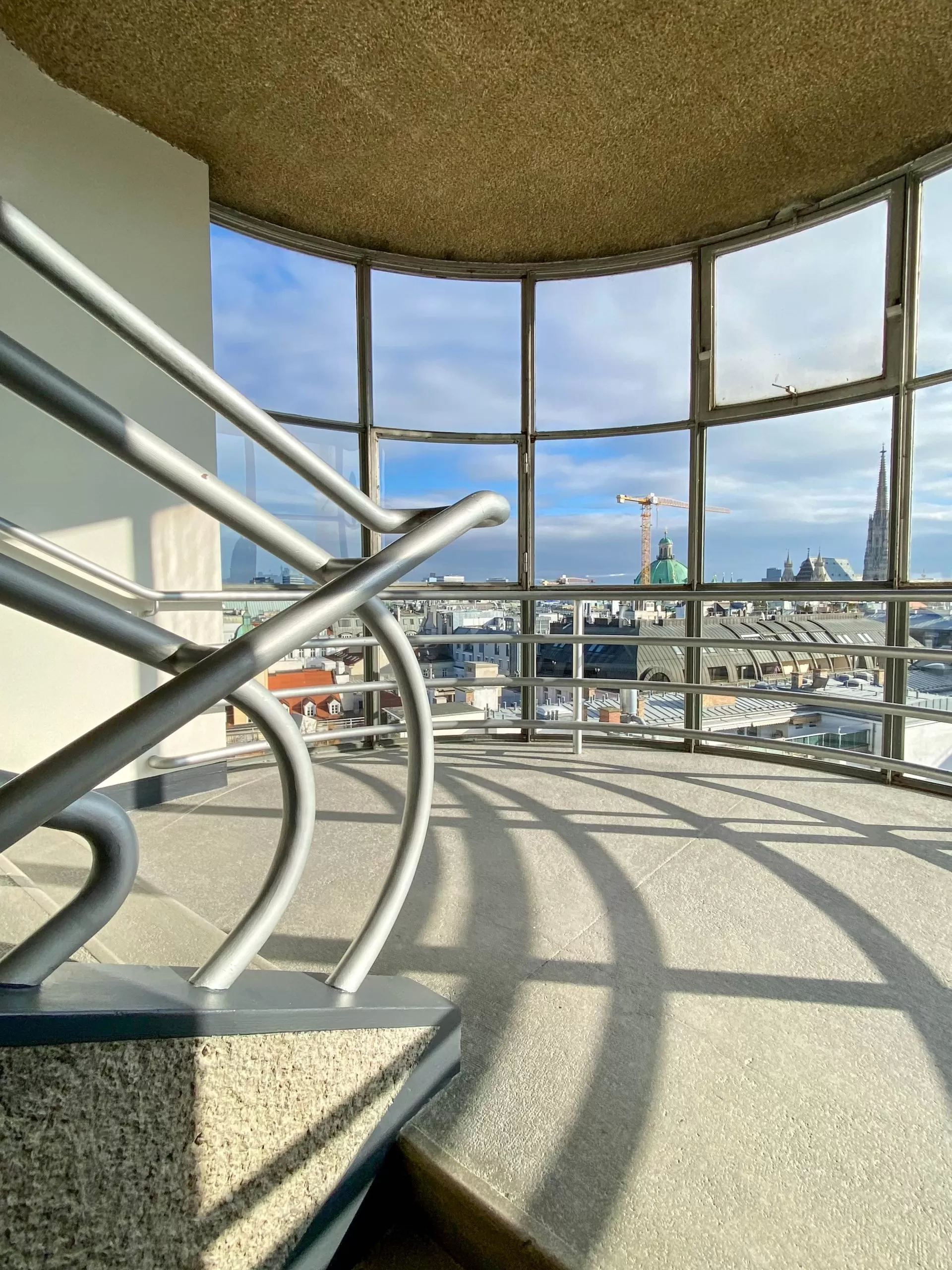
Hochhaus Herrengasse, 1931-1932. Architects: Siegfried Theiss, Hans Jaksch. Photo: Daniela Christmann
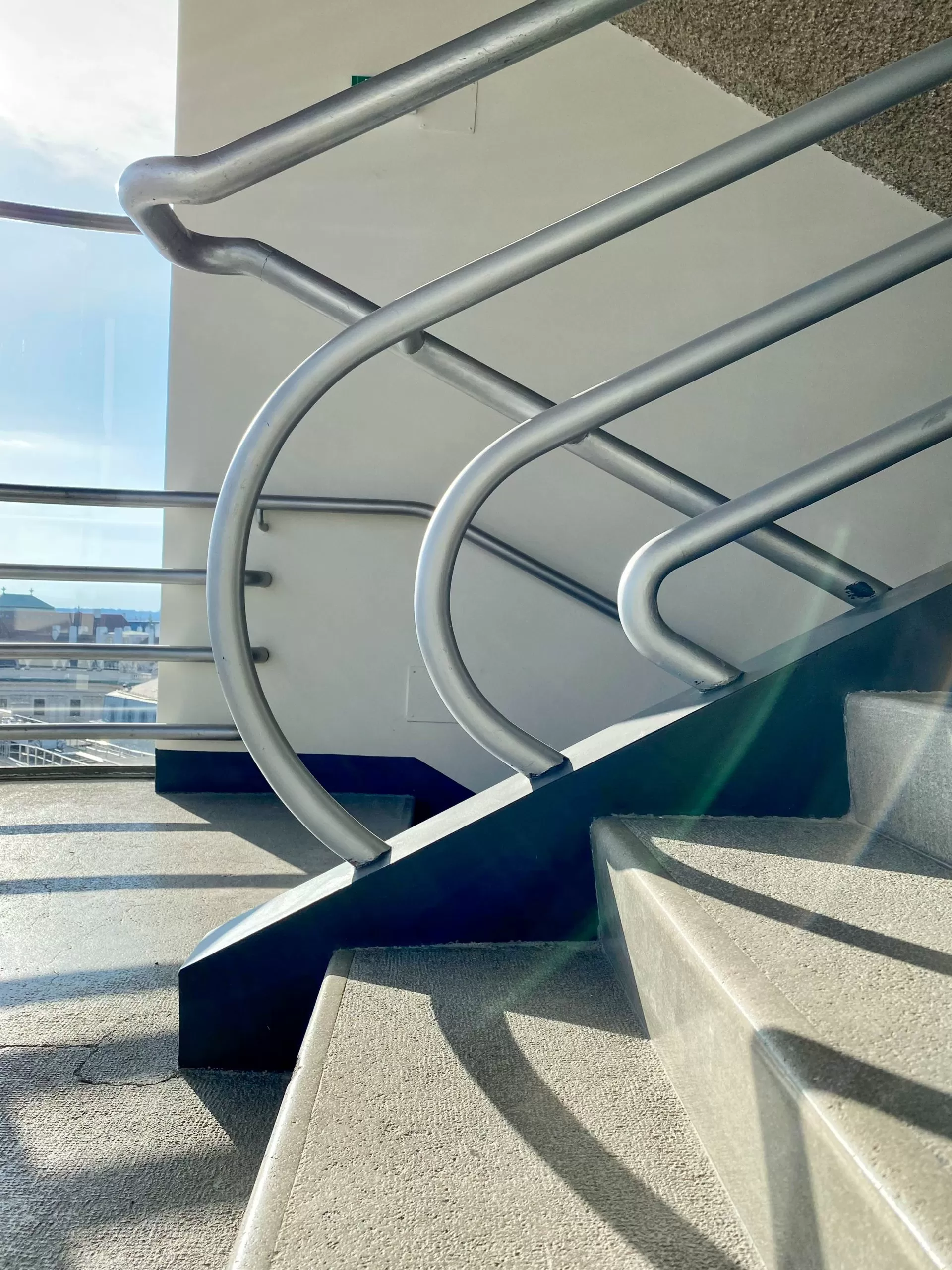
Hochhaus Herrengasse, 1931-1932. Architects: Siegfried Theiss, Hans Jaksch. Photo: Daniela Christmann
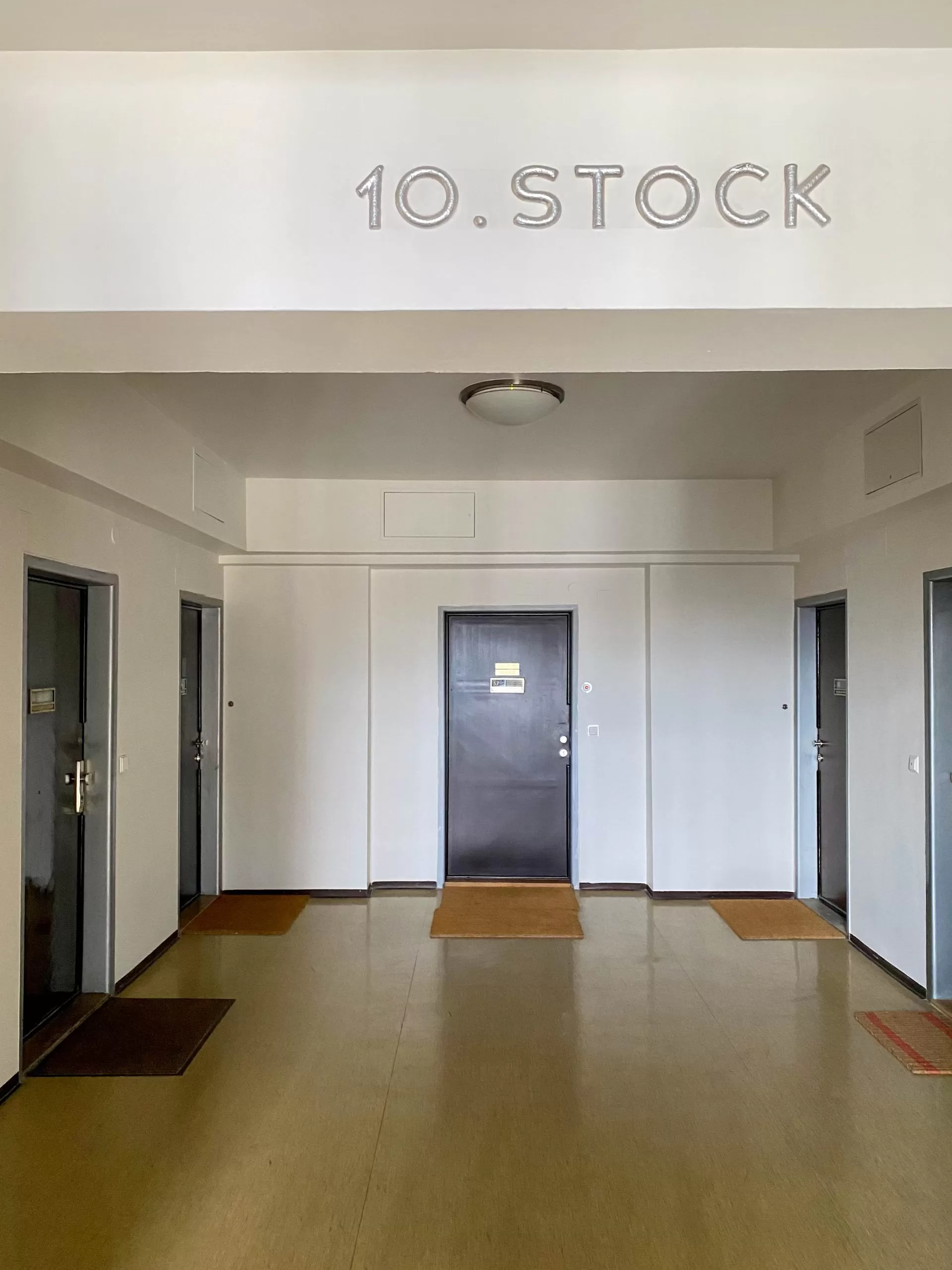
Hochhaus Herrengasse, 1931-1932. Architects: Siegfried Theiss, Hans Jaksch. Photo: Daniela Christmann

